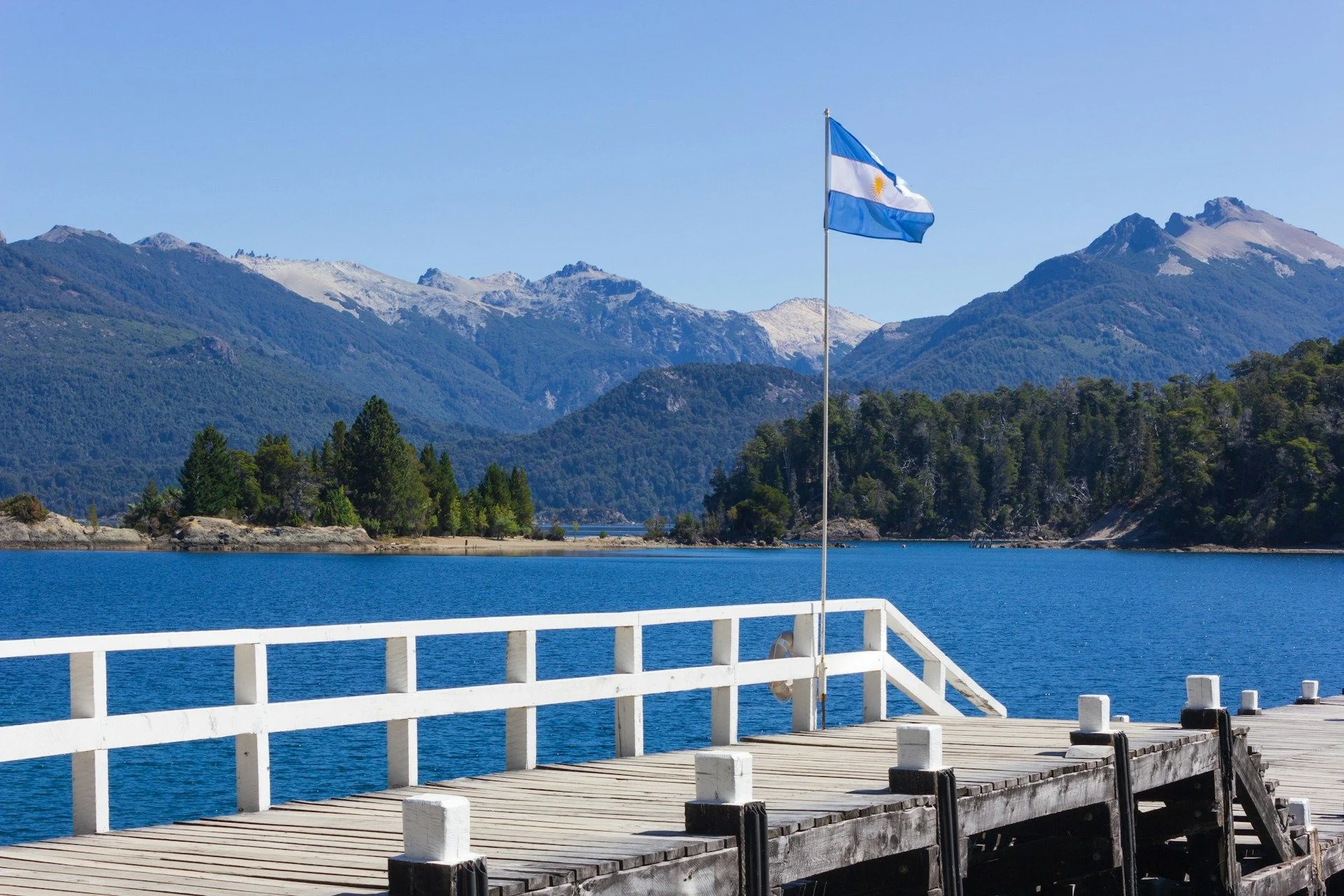Commercial Property Listings in Argentina – Investment OpportunitiesEuropean-style living with SouthAmerican contrasts

Best offers
in Argentina
Benefits of investment in
Argentina real estate
Low-cost entry in a high-demand market
Buenos Aires offers classic architecture and strong tenant interest at accessible prices.
Attractive yields in USD-based leases
Many rentals are dollarized, protecting returns from local currency risks.
Global cultural appeal and urban charm
The city draws creatives, students, and digital nomads year-round.
Low-cost entry in a high-demand market
Buenos Aires offers classic architecture and strong tenant interest at accessible prices.
Attractive yields in USD-based leases
Many rentals are dollarized, protecting returns from local currency risks.
Global cultural appeal and urban charm
The city draws creatives, students, and digital nomads year-round.

Useful articles
and recommendations from experts
Seizing Opportunity: Commercial Real Estate in Argentina
Demographics, Lifestyle Shifts & Market Dynamics
Commercial real estate in Argentina is shaped by a diverse mix of urban density, evolving consumer habits and shifting corporate strategies. Buenos Aires remains the primary magnet, where Palermo’s creative corridors and Catalinas Norte’s glass-clad towers host multinational headquarters, fintech start-ups and professional-services firms. Yet secondary centres like Córdoba and Rosario are carving out niches: Córdoba’s growing tech parks attract software developers and shared-workspace operators seeking cost-efficient campuses, while Rosario’s riverfront regeneration has spurred leisure-anchored mixed-use schemes. Across these metros, a young, digitally savvy workforce and rising consumer spending—driven by a growing middle class and renewed tourism—fuel demand for flexible office layouts, experiential retail and boutique hospitality projects. Investors aligning with these lifestyle and demographic drivers can capture yield spreads that often outpace comparable Latin-American markets, leveraging comparative affordability outside prime Buenos Aires districts.
Regulatory, Tax & Financing Considerations
Understanding the legal framework is essential for success in commercial real estate in Argentina. Foreign investors commonly use fideicomisos (real-estate trusts) to streamline acquisitions, allowing clear title transfers and professional trust management without full-ownership complications. Leasehold structures—both short-term and long-term—offer alternative tenure in restricted zones, while corporate entities (SRLs and SAs) facilitate equity participation and liability protection. Tax regimes vary by province: Buenos Aires and Córdoba offer incentives for urban-renewal and heritage-refurbishment projects, including reduced municipal rates and accelerated depreciation for certified green buildings. Conversely, capital-gains and value-added taxes can be high if not mitigated through trust structures and local-entity partnerships. Financing in local pesos and US dollars remains available through domestic banks and regional development institutions, though lenders may require conservative loan-to-value ratios and inflation-linked covenants. Mezzanine financing and layered debt structures are emerging for large-scale developments, helping investors manage currency risk and optimize leverage. Early coordination with legal, tax and banking advisors ensures that acquisition vehicles, financing schedules and tax-incentive applications align seamlessly to safeguard returns in a dynamic macroeconomic environment.
Infrastructure, Connectivity & Emerging Corridors
Infrastructure projects are redrawing value maps for commercial real estate in Argentina. The expansion of Buenos Aires’s metro and suburban rail lines is opening corridors in Flores, Caballito and Tigre, where transit-adjacent office parks and retail centers are commanding rental premiums. Córdoba’s planned tram network and upgraded airport terminal will enhance connectivity between the city’s tech parks and central business districts, boosting demand for mixed-use schemes near new stops. In Rosario, river-port upgrades and improved highway links to Santa Fe and Buenos Aires are fueling logistics-driven industrial estates, while waterfront masterplans are catalyzing hospitality and leisure developments. Investors focusing on these infrastructure-led growth zones—carefully timing acquisitions to coincide with confirmed completion phases—can capture relative rental uplifts of several percentage points and accelerate lease-up as tenants follow improved access and reduced travel times.
Asset Classes & Strategic Value-Add Opportunities
Commercial real estate in Argentina spans offices, retail malls, logistics hubs, hospitality venues and mixed-use complexes—each offering distinct risk-return profiles. Grade-A office towers in Buenos Aires’s Microcentro deliver stable cash flows under multi-year leases with blue-chip tenants, while suburban business parks in Nordelta and Pilar provide higher yields driven by cost efficiencies. Retail-anchored mixed-use centers integrate shopping arcades, co-working lounges and residential components, capturing diverse consumer segments in catchments with rising disposable incomes. Logistics parks near the port of Buenos Aires and Rosario’s river terminals serve third-party operators and light-manufacturers, reflecting Argentina’s export-oriented sectors. Hospitality assets—from boutique hotels in Palermo Soho to conference-style venues in Puerto Madero—offer episodic peaks aligned with tourism cycles and business events.
Value-add plays hinge on adaptive reuse and ESG enhancements. Repurposing heritage buildings in San Telmo into boutique office lofts or co-living residences taps into growing demand for characterful work-life environments. Upgrading aging retail podiums with experiential food halls and pop-up galleries can boost foot traffic and lease rates. In industrial parks, installing solar-PV systems, rainwater harvesting and LED retrofits meet tightening sustainability mandates and unlock green-building certifications that command rental premiums. Mixed-use schemes that integrate last-mile logistics facilities with e-commerce showrooms address evolving supply-chain needs and consumer behaviors. In Córdoba and Rosario, investors can capitalize on early-stage corridors—near tram stops or port extensions—securing entry valuations before markets mature.
Commercial real estate in Argentina presents a compelling blend of core income plays and strategic growth prospects across its major cities and emerging corridors. Success depends on aligning acquisitions with demographic trends, navigating fiduciary and tax frameworks, structuring resilient financing solutions, and timing investments around infrastructure rollouts. By collaborating with local advisors—legal counsel, tax specialists, urban planners and broker networks—and by focusing on ESG-driven refurbishments and adaptive-reuse projects, investors can build income-producing portfolios that capture Argentina’s long-term growth trajectory and outpace regional benchmarks.
